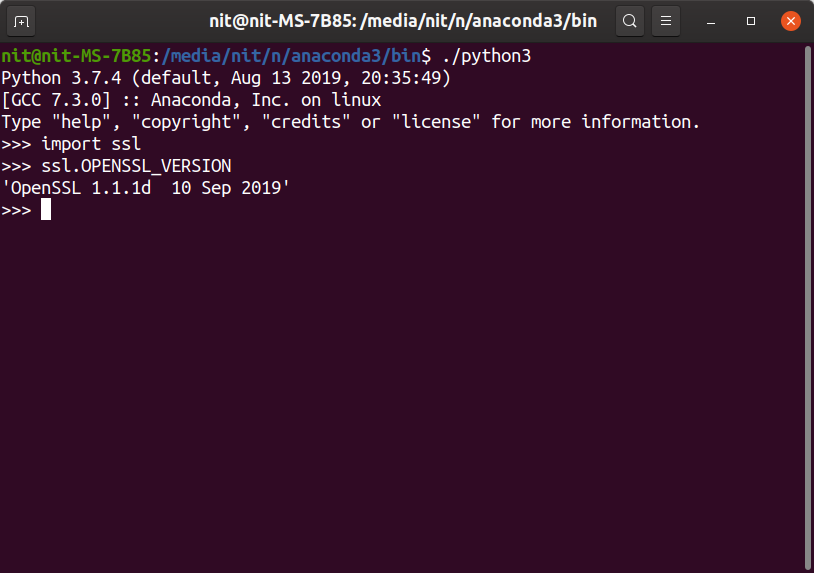

Popular applications of Python include web applications, data analysis, and machine learning. While Python is great for scripting and writing “glue” code to integrate existing components together, it is also a powerful full-fledged language that is capable of solving pretty much any software problem.

If needed, be sure to checkout the free Learn the Command Line lesson for a quick refresher! What is Python?Īt its heart, Python is a general purpose programming language that is often regarded as both easy to learn and very user-friendly.


Prerequisitesīefore we begin, this article assumes that you are familiar with the basics of the command line and can execute simple commands just as moving around between files and folders in your file system. If you have a Chromebook, we have a separate article to teach you how to install Python 3 as well as an article to teach you how to install Jupyter Notebook on your Chromebook device. Lastly, we will install the Jupyter Notebook package so we can create and share interactive Python notebooks. We will also learn what a package manager is and how to install packages using pip and conda. If you are ready to take things to the next level and can invest about an hour of your time installing and setting up your own Python development environment, then this article is for you!īy the end of this article, we will understand the difference between the standard Python distribution and alternatives, such as Anaconda and Miniconda, and how to install each on Mac and Windows. Learning a new programming language, such as Python, on the Codecademy platform is super convenient and a ton of fun! Sooner or later the time will come when you desire to build your own projects and continue learning on your own computer.


 0 kommentar(er)
0 kommentar(er)
